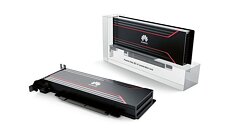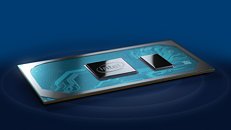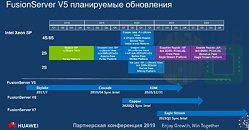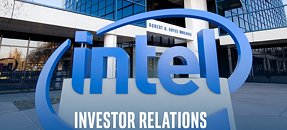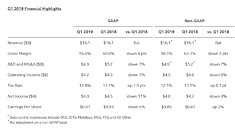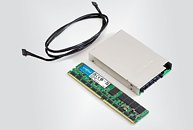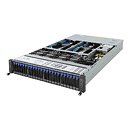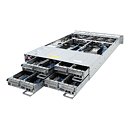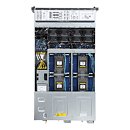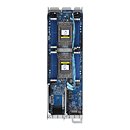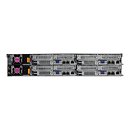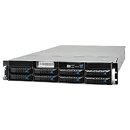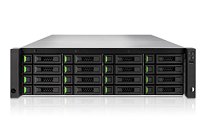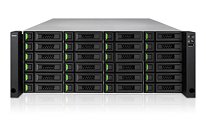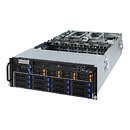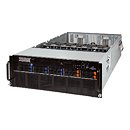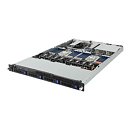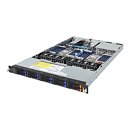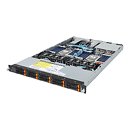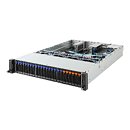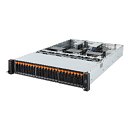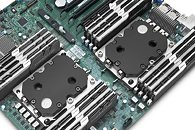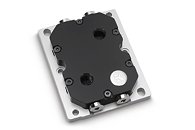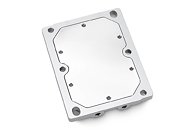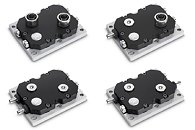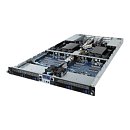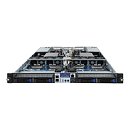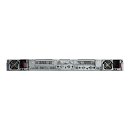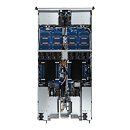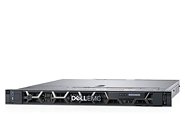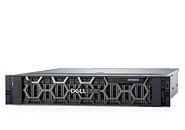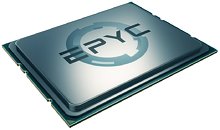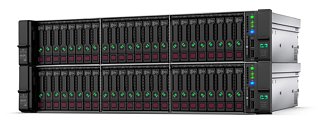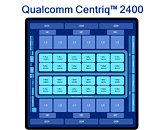Huawei Rumored To Enter GPU Server Market
Huawei may become the 4th player in the GPU server market if a new report by Korean news outlet The Elec is to be believed. The Elec has received reports from Industry Sources that Huawei is readying to enter the market in 2020, this will put them in direct competition with industry leader NVIDIA along with AMD and newcomer Intel. Huawei Korea will reportedly assign the project to the new Cloud and AI Business Group division, talent scouting has already begun with rumors of current and former NVIDIA staff getting poached.
Huawei is no newcomer to the server market having already launched the Ascend 910 one of the worlds most advanced AI accelerators in August 2019. The Ascend 910 outperforms the Tesla V100 by a factor of two, and is developed on a more advanced 7 nm+ technology compared to the 12 nm Tesla V100. In January 2020 Huawei launched their next server product the Kunpeng 920 a big data CPU along with a new server lineup featuring the chip. Considering Huawei's experience and resources in the server market along with Intel's entrance the GPU server landscape is set to become very competitive.
Huawei is no newcomer to the server market having already launched the Ascend 910 one of the worlds most advanced AI accelerators in August 2019. The Ascend 910 outperforms the Tesla V100 by a factor of two, and is developed on a more advanced 7 nm+ technology compared to the 12 nm Tesla V100. In January 2020 Huawei launched their next server product the Kunpeng 920 a big data CPU along with a new server lineup featuring the chip. Considering Huawei's experience and resources in the server market along with Intel's entrance the GPU server landscape is set to become very competitive.
